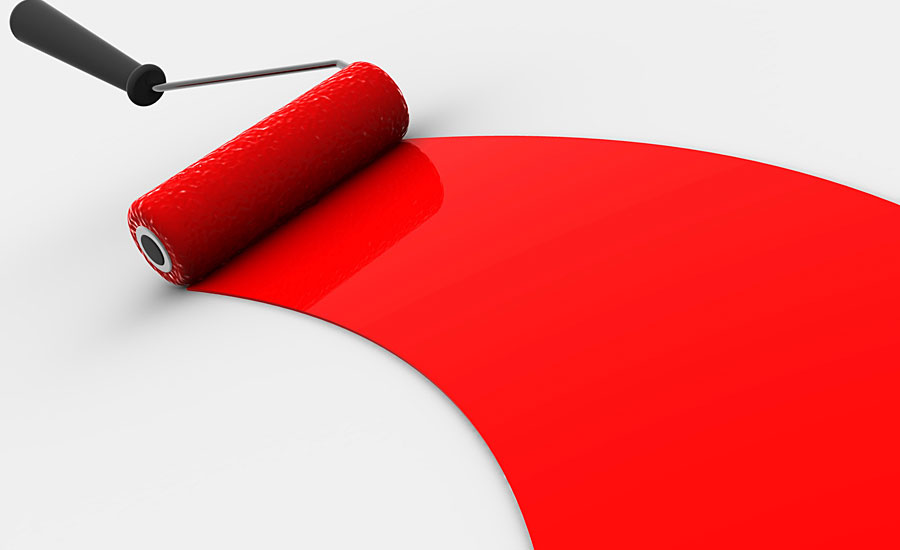WILMINGTON, DE – Ashland is developing new tools to help manufacturers quantify coating additives performance, evaluate and improve ingredient choices, streamline production processes and formulations, and more efficiently develop new products for market.
“We’re developing tools that produce objective, quantifiable results that take the subjectivity out of evaluating formulations,” said Prachur Bhargava, Ashland Global Marketing Manager, Coating Specialties. “Our new technologies are helping paint producers take validation to the next level. Customers get consistent and quantifiable results so they can make more informed, fact-based decisions and choose raw materials with confidence.”
Robust and precise measurement systems are critical for assessment of paint performance, new product development and benchmarking formulations against competitive products. The paint industry, though, has long relied on qualitative and subjective evaluation and measurement to improve product quality, whether it be related to surface characteristics, paint feel, application or stability. Ashland’s new technologies, Bhargava said, generate quantifiable and reproducible data to help formulators more precisely characterize paint properties and to improve their formulations.
Ashland’s Application Reader Technology™ (ART) device objectively measures the parameters that comprise paint application feel. It captures every detail of paint application – strokes, forces, roller coordinates, application speed, etc. Unlike subjective evaluation techniques, the ART device generates reliable, repeatable quantitative data that enable formulators to better understand differences in paint formulations and to tailor formulations to specific customer preferences for paint feel. The data also enable formulators to identify trends and gain deeper insights into formulations and the paint experience.
Ashland uses the LumiSizer™, a software-controlled optically assisted centrifuge, to accelerate stability assessment of emulsions, liquid-liquid and solid-liquid dispersion-type foam-control additives, and complex polymer-based formulations such as nonionic synthetic associative thickeners. This accelerated stability test accurately reflects and measures the long-term stability of the additives in a much shorter time frame. “Results are reliable and consistent,” said Bhargava. “The LumiSizer is a good predictive tool to determine long-term stability.”
Digital Optical Imaging with a high-magnification digital microscope enables scientists to analyze foam and surface defects in wet and dry films. Using digital optical imaging, scientists can identify hydroxyethylcellulose and titanium dioxide grit, roller spatter, dirt and surface defects. Digital optical imaging yields quantitative measurements that eliminate subjectivity and improve differentiation between test paints.
Roller pattern plays a critical role in coating appearance and the visual perception of a paint’s hiding ability. Current evaluation methods are qualitative, and thus subjective. 3-D surface profilometry is based on an axial chromatism technique. Software quantifies various surface roughness parameters and correlates them with roller pattern.
Finally, Ashland has developed a new rheology-based method to measure open time and generate reproducible results. A tribology attachment measures torque as the paint dries. The time of the torque jump is a measure of open time.
While Ashland has developed most of these technologies at its primary Center of Excellence for coatings in Wilmington, DE, it is using them worldwide.
Additional information about Ashland’s paint and coatings products is available online at www.ashland.com/paint-coatings.





Report Abusive Comment